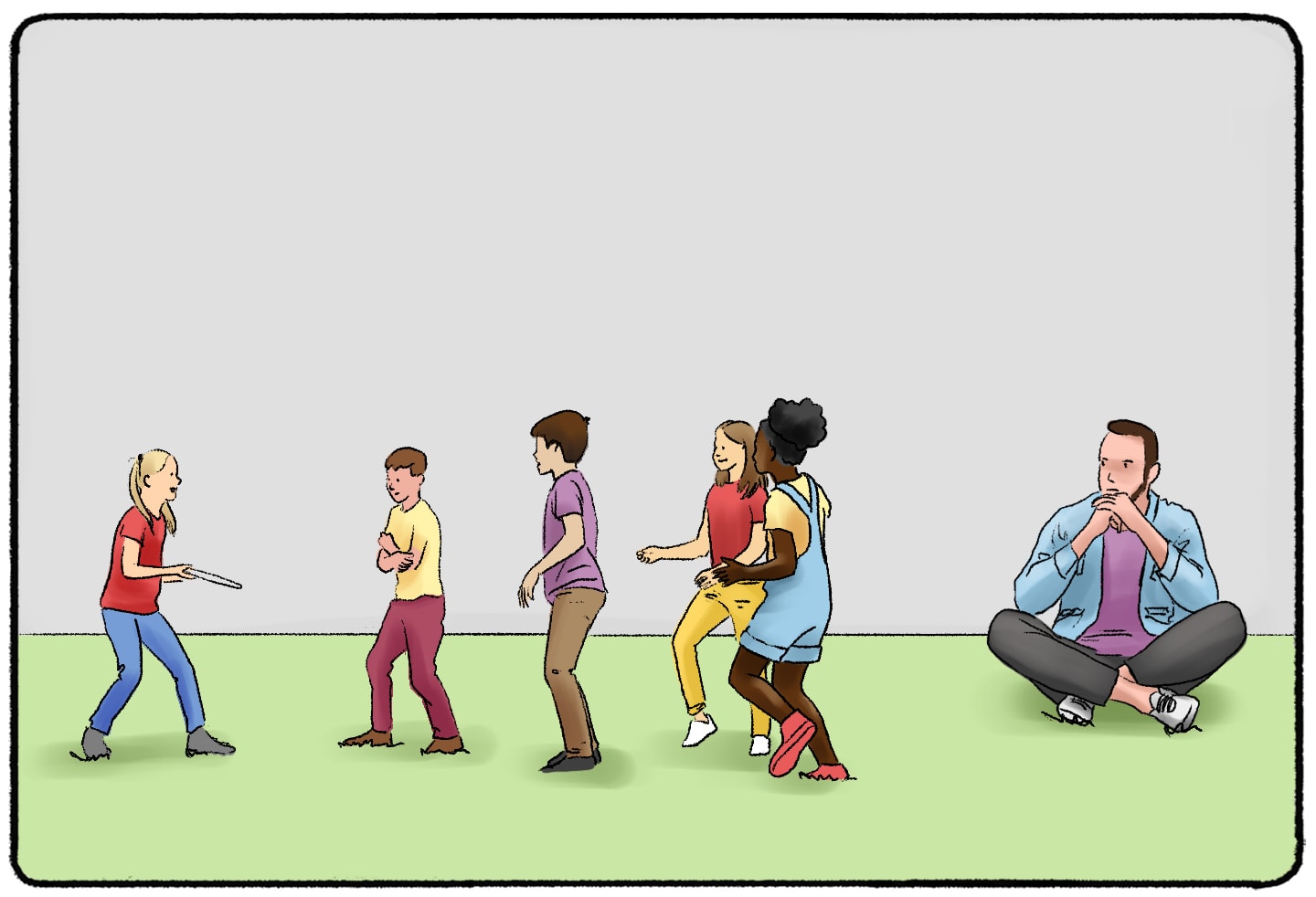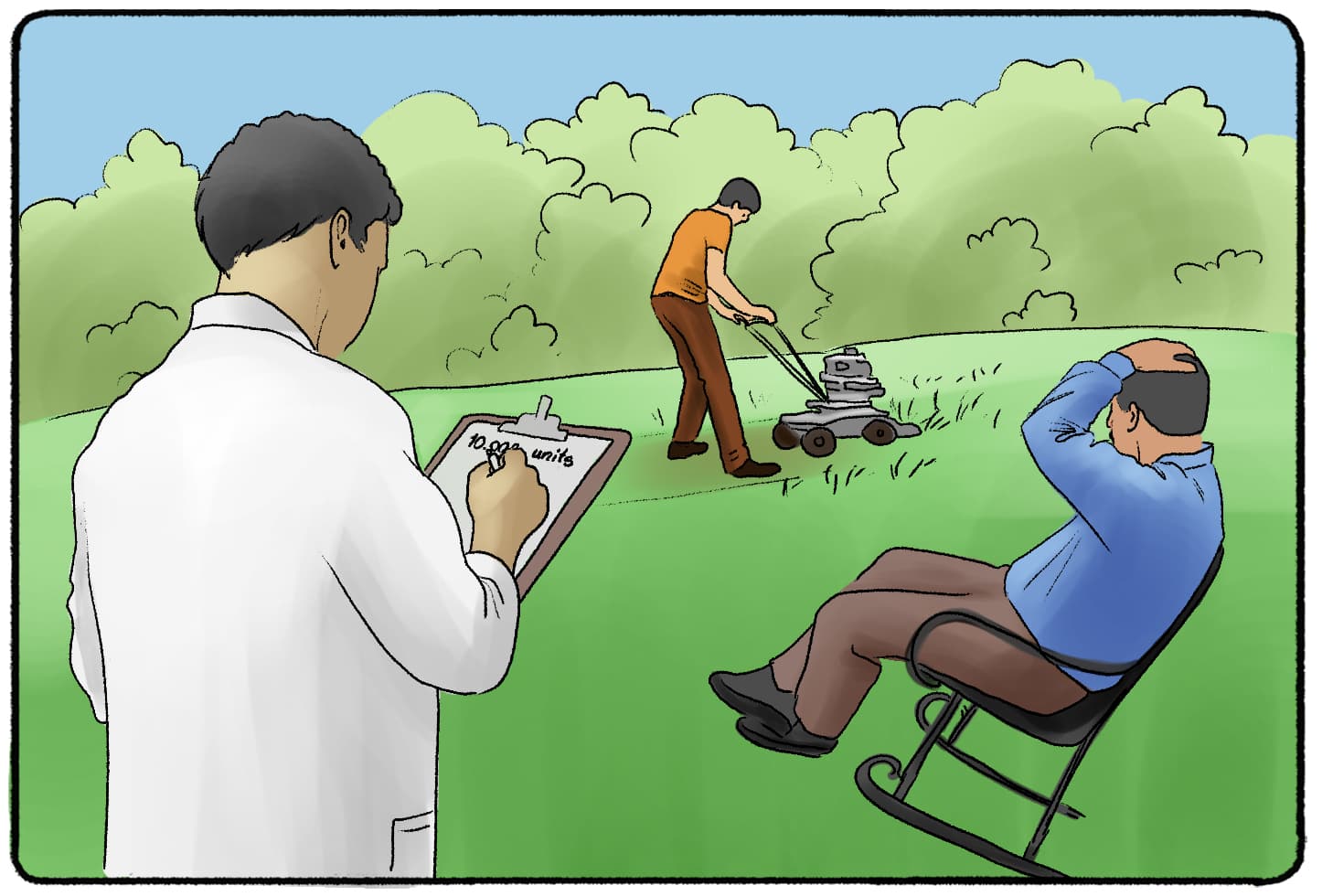Interested in learning about the Hawthorne Effect for your psychology class, or just because you're curious? You've come to the right place!
What Is The Hawthorne Effect?
The Hawthorne Effect, also known as the observer-expectancy effect, is the idea that people change or modify their behaviors when they are being observed. Researchers theorize that researchers may skew the results or interpret it incorrectly due to the Hawthorne Effect. The Hawthorne Effect doesn’t just affect participants.

Observation may become a variable of its own that researchers have to account for when setting up or conducting a study.
How was the Hawthorne Effect Discovered?
Say you’re working in a factory. Do you think that increased light throughout the factory would make you more productive? What about decreased light throughout the factory?
Do you think you would be more productive with more working hours in a day? Or would you be more productive with fewer working hours?
Do you think that longer breaks would make you more productive? Or would shorter breaks make you more productive?
These are some of the questions that researchers asked themselves in the 1920s. They conducted a study to see whether or not workers in an electric factory would be more productive under certain conditions. And the answers were surprising. No matter how they altered the conditions of the workplace, the workers were more productive.
This phenomenon became known as the Hawthorne Effect, named after the Hawthorne Works electric factory where the studies were conducted.
Causes of Hawthorne Effect
Why does this happen? The answers may vary based on the context of the study. Take productivity studies. During the Hawthorne studies, it’s possible that the workers received feedback on their productivity as part of the study. That extra observation and feedback could play into increased productivity.

Demand Effect
Another explanation is that the demand effect comes into play. The participants may have wanted to please the experimenters by giving them the results they wanted to see. This means working harder, even when variables like working hours or lighting is changed in ways that might contradict the original hypothesis.
Motivation
Yet another explanation may lie in the participants’ explanation for the study in the first place. Throughout the Hawthorne studies, participants started to grow wary of the researchers’ motives. They worried that the study may result in layoffs. This fear could have serious effects on motivation.
The Clever Hans Effect
One last cause of the Hawthorne Effect involves a study that involves humans and a horse. If the experiments or observers are aware of the desired effect of the study, they might unintentionally skew the results. In the early 1900s, Wilhelm von Osten claimed that his horse, Clever Hans, could answer arithmetic questions. A German psychologist went to study this horse and see if the owner was actually a fraud. While fraud was not involved, the psychologist observed something interesting. If the owner was present or knew the answers to the arithmetic questions, the horse was able to answer correctly 89% of the time. If the owner was not present or didn’t know the answer, the horse only answered correctly 6% of the time.

Further studies on the Clever Hans effect show that drug-sniffing dogs and humans are likely to produce a certain result if the experimenters, owners, or observers in the room know what result is desired.
Real-Life Examples of the Hawthorne Effect
There have been many replication studies aimed at proving or disproving the presence of the Hawthorne Effect. Not all of them have confirmed the existence of the Hawthorne Effect, especially to the degree that was described in the original Hawthorne studies. But some studies do give some validity to the Hawthorne Effect and how it may change the results of different research studies.
Example 1: Studies on Rheumatoid Arthritis
A study from the American College of Rheumatology showed that the Hawthorne Effect may have played a role in the results of a study on rheumatoid arthritis. Researchers measured the subjects’ conditions before, during, and after the trial. No matter what variables were brought into the study, the conditions of the patients improved. Once the study was over, the conditions worsened.
This goes to show that while the Hawthorne Effect has been a part of productivity and human behavior studies, it could also affect the results of studies in the medical world.
Example 2: Cerebral Palsy Patients
Contradicting data can show the Hawthorne Effect in action. In the 1970s, a study aimed to see whether or not a treatment would reduce motor dysfunction in patients with cerebral palsy. The researchers recorded testimony from the patients about the result of the treatment and quantitative data based on different tests. As it turned out, the qualitative and quantitative data contradicted each other. The patients said that the treatment worked for them, but the results from the tests showed otherwise. This could support the idea that motives, the demand effect, and the compliance bias could all play into the results of a study.
Example 3: Clinical Trials
When subjects are recruited for a clinical trial, they may be forbidden from leaving the hospital or research facility where the test is taking place. Some researchers believe that not only does the Hawthorne Effect take place here, but also an effect called the trial effect. In addition to the modifications in behavior caused by the observers, subjects may also be affected by the level of care in the facility. In addition, they may be more likely to comply with the researchers, and that compliance could affect results.
Example 4: The Hawthorne Effect in League of Legends
On Reddit, u/redditmademeregister shared how they feel the Hawthorne Effect appears in League of Legends:
"Ten internet meme points to Gryffindor to whomever guessed that someone from Riot was in our game. Just the simple of act of being there and observing the game in all phases eliminated all toxicity that was in abundant and dare I say common in every other game. This reminiscent of how drivers are suddenly on their best behavior when driving around a police office. Changing one's behavior if they are known to be observed is The Hawthorne Effect."
You can read the whole post here.
Why It’s Important to Know About the Hawthorne Effect
In order to study human behavior, researchers often need human subjects. The Hawthorne Effect is a reminder that humans can be complicated to work with. How can researchers prevent subjects from just giving the answers that researchers might want to hear? How can researchers set up a study to best reflect a “normal” environment, including living or working conditions? And how can this all be done ethically?
These are important questions, and there isn’t one definite answer. But the more that you study psychology and understand setting up studies, the easier it will be to question results and search for the truth.
